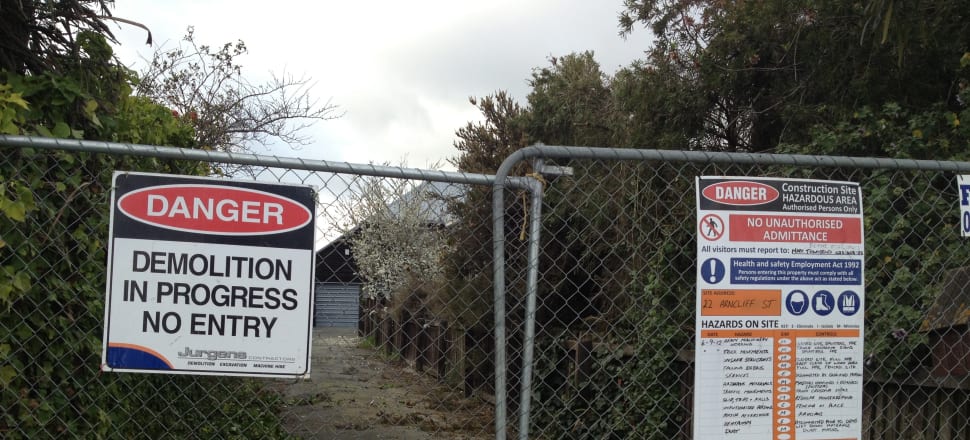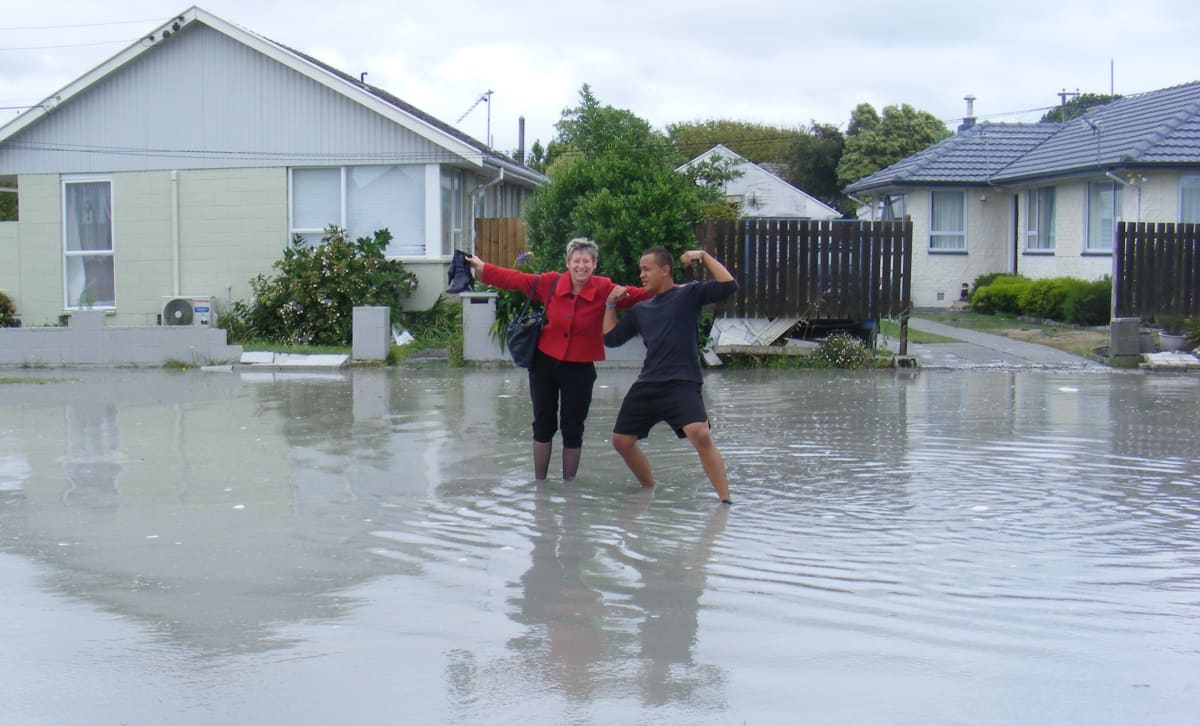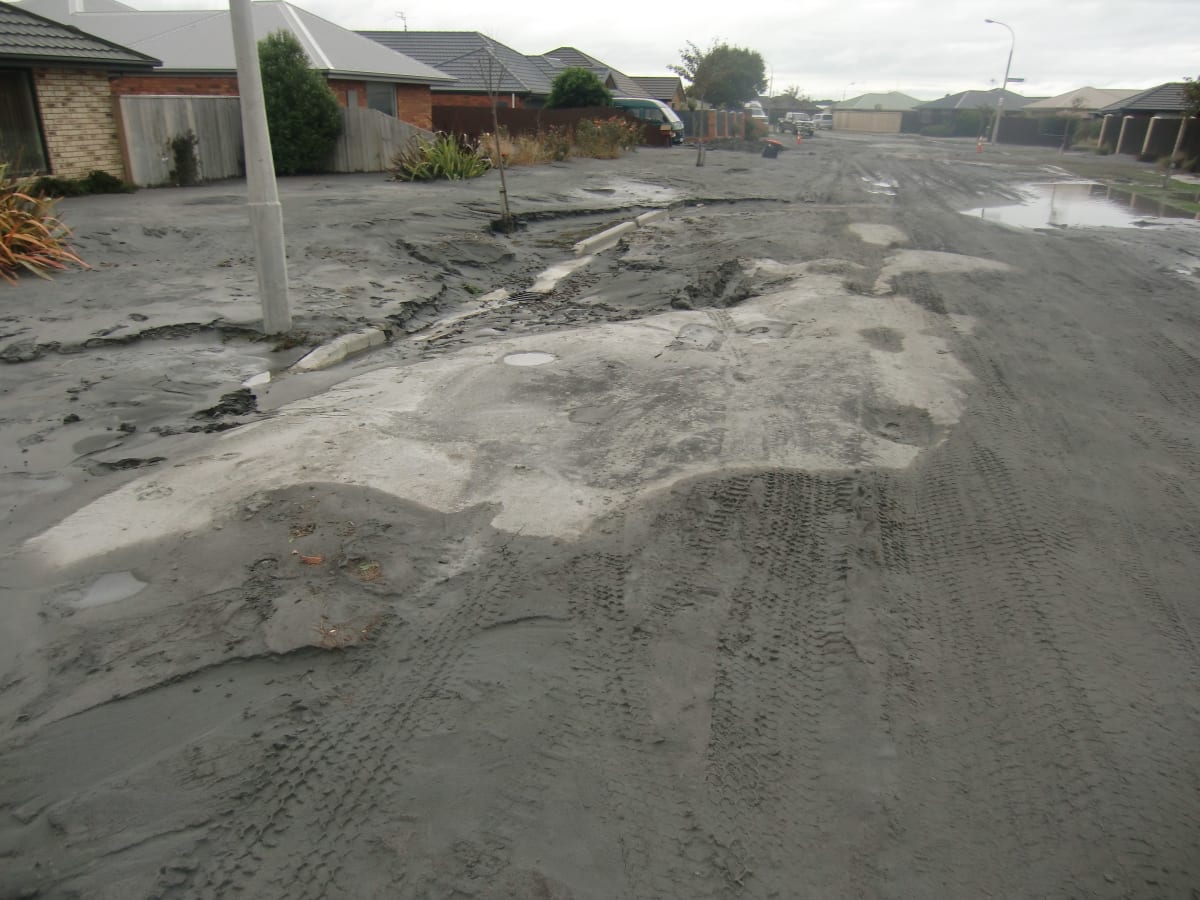
Red zoning may have offered an immediate solution after the Canterbury earthquakes, but didn't answer the big questions about rebuilding – the questions Cyclone Gabrielle now forces us to address.
Opinion: It has been heart-breaking listening to the stories that continue to emerge from our sodden regions, along with the uncertainty people are facing as a result.
With people calling for red zoning, I wonder if those who invented that term after the Canterbury earthquakes regret now doing so. It has created an impression we have a quick and easy way of buying people out of their homes when they are exposed to flooding or when their cliffside properties are no longer secure.
That is not the case.
In Canterbury, the government’s initial focus was letting people know when and where they could safely repair or rebuild their homes. That’s why the green zones were first to be assessed and released.
It is important for people to realise that this was just the beginning. Negotiation and litigation with the Earthquake Commission and insurers have taken years in many instances. This is why I’m pleased the Government has instituted the NZ Claims Resolution Service so quickly.
READ MORE:
* Don’t red-zone cyclone regions – disaster offers us the chance to put things right
* The case for an NZ Reconstruction Authority
The Port Hills red zone decisions, which were the only ones based on life risk, took about 18 months to make.
The red zoning on the flat land got underway more quickly but had little to do with retreat – managed or otherwise. It had more to do with how long it would take to rebuild in these areas and the impact that would have on the residents.
My home was in the first group that was red zoned. It was in an older part of the city, close to the wetlands, which is why I loved it so much. I used to go down there and take photographs of the pukeko, herons and kingfishers.
In the end red zoned simply meant you received a non-negotiable ‘take it or leave it’ offer from the government either for your full residential property or for the land only, leaving you to settle with your insurer for the house.
My home was in the first group that was red zoned. It was in an older part of the city, close to the wetlands, which is why I loved it so much. I used to go down there and take photographs of the pukeko, herons and kingfishers.

A new subdivision, Pacific Park, had been added a few years before the earthquakes and they had views onto the wetlands. There were lots of young kids in this neighbourhood. It was safe as houses or so we thought. The residents’ association was highly active in planting the wetlands and organising community days. We described our neighbourhood as a hidden gem.
But it did not survive the liquefaction beneath the houses and the lateral pull of the wetlands. One of its streets, Seabreeze Close, became the poster child for the earthquake’s damage. Relatively new houses had their foundations split apart and the streets were wrecked beneath layers of silt.
Family friendly culs-de-sac were not so friendly when the ground liquefied.
Red zoning may have offered a more immediate solution, but the big picture questions about whether areas should be rebuilt, let alone whether they should have been built in the first place, were never addressed.
There was a myth that all the damaged subdivisions were the fault of the Environment Court overruling the council. They were not, but it soon became a convenient whipping boy for the decisions that had been made.
This was the case with Pacific Park. Looking at the decision of the hearings panel, there was only a very short discussion about the underlying risks, despite liquefaction susceptibility being noted on all the Land Information Memoranda reports. In fact, the council wanted to allow the developer to build the houses right down to the river. The objections had come from those who wanted to reinstate the wetlands, something we can now see is the natural state of things.

There are a lot of people who would be surprised to read this. Not the locals. They knew it should never have been allowed to be built. But what would they know?
I haven’t looked at the history of development in the areas affected by the storms and cyclone. However, I am reading about earlier times in our history where certain areas have been inundated before and the same cliff faces have given way.
It seems our collective memories are not very good.
How can we continue to let these things happen?
Why do we not learn from our history?
What happens to institutional knowledge when the institutions change – when catchment boards are amalgamated with councils for example?
Who is listening to the locals and to mana whenua when their knowledge is informed by observation and oral histories passed through generations?
This is why local knowledge and traditional knowledge are vital to planning.
The message I have is that there is a considerable amount of work to be done before decisions can be made. And I am encouraging the Government to listen to each of the affected communities and take them on this journey in a completely open and transparent way.
Like many others, I am looking forward to the proposed legislative framework that will avoid this piecemeal approach in the future. I always felt that when the Resource Management Act trifecta of laws was announced that the Climate Adaptation legislation should have come first.
It’s time for a cross-party commitment to getting that done as soon as possible. It may not be soon enough for those affected this time round, but we have the country’s undivided attention and that is an opportunity for us all to understand the importance of climate resilience in the 21st century.







